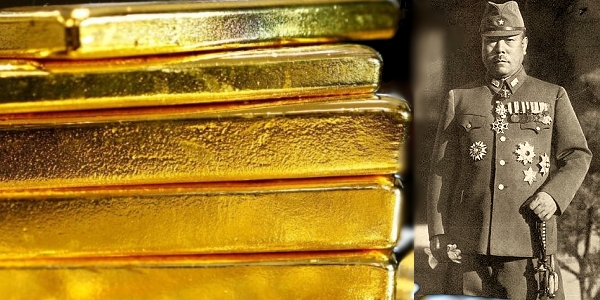As part of the war effort, the General was tasked with amassing as much bullion as he could lay his hands on which would be shipped back to Tokyo.
Since the end of World War Two, there have been many legends and tall tales involving mysterious maps and booby-trapped treasure caves.
Trainloads of Nazi gold have allegedly vanished into hidden tunnel sidings, while it is said that tonnes of bullion are cached in secret bunkers strung across the Philippine archipelago just waiting for treasure hunters to uncover them.
Now it has been claimed by a team of gold-hunters on Blaze TV show Lost Gold of WWII that the location of a particularly spectacular hoard may well have been discovered.
The island of Luzon was the last stronghold of “Tiger of Malaya” General Tomoyuki Yamashita. He earned his wartime sobriquet following his ruthless campaign that saw the British routed from Malaya and Singapore in just 70 days.
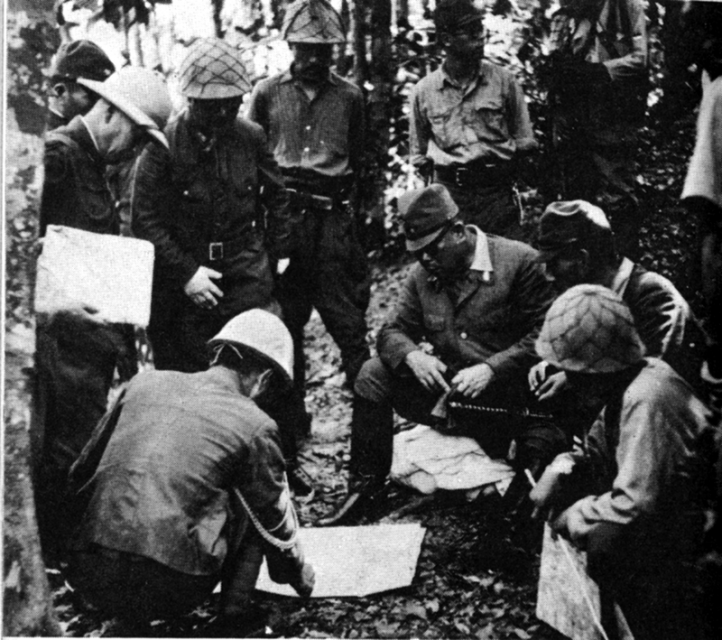
British Prime Minister Winston Churchill called it the worst disaster and the largest capitulation in Britain’s military history. Eighty-thousand British, Chinese, and Australian troops surrendered to just 30,000 invading Japanese troops.
Yamashita’s determination in the face of the advancing Allied forces at the end of the war also meant that he continued fighting his corner in Kiangan in Ifugao Province until September 2, weeks after Japan’s official surrender on August 15, 1945.
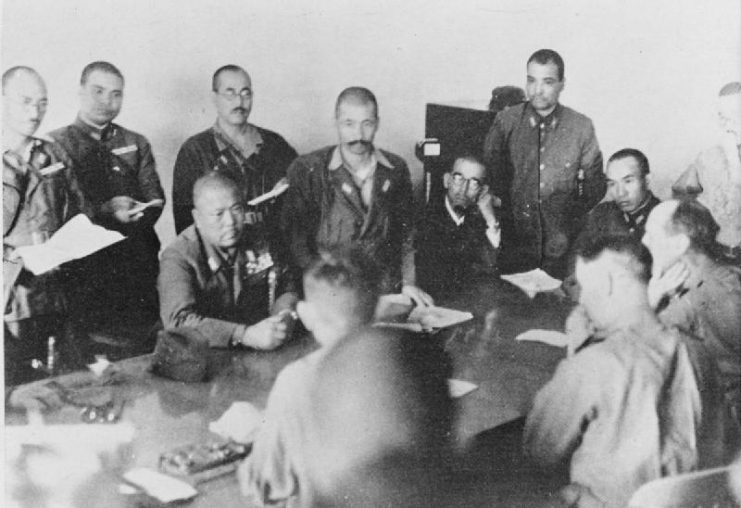
As part of the war effort, the General was tasked with amassing as much bullion as he could lay his hands on which would be shipped back to Tokyo.
He allegedly partnered with local militia and Asian Yakuza, Mafia-style criminal gangs, to steal gold from banks and other institutions such as temples and museums. It is also alleged that the gangs would take gold from private homes and the strong-rooms of businesses across the Singaporean peninsula.
The gold was to be shipped to Japan to pay for the war effort, help rebuild the economy, and defend the Empire following the eventual defeat of Allied forces in the Pacific. The haul was originally concentrated in Singapore, and several merchant ships did sail for Tokyo laden with looted bullion.
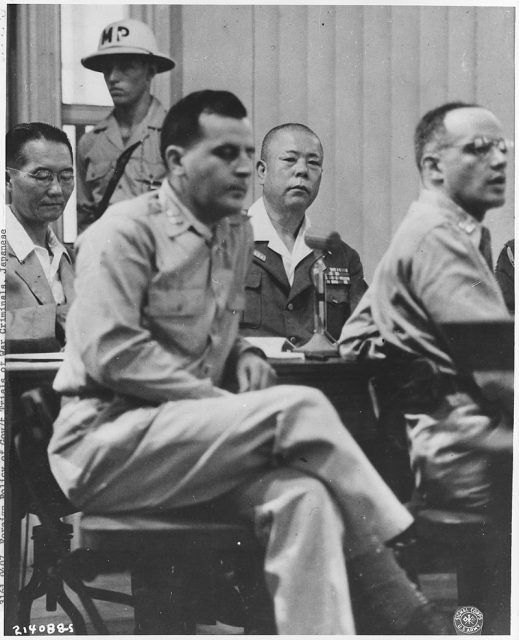
However, it is claimed that so many of these ships were sunk as American submarine dominance increased in the region that it became too perilous to dispatch the gold by sea.
Instead, much of the remaining booty was hidden in a network of caves and bunkers across the region. Legend has it that the bunkers were booby-trapped with vials of cyanide gas, which would dispatch a treasure hunter within seconds should they disturb them.
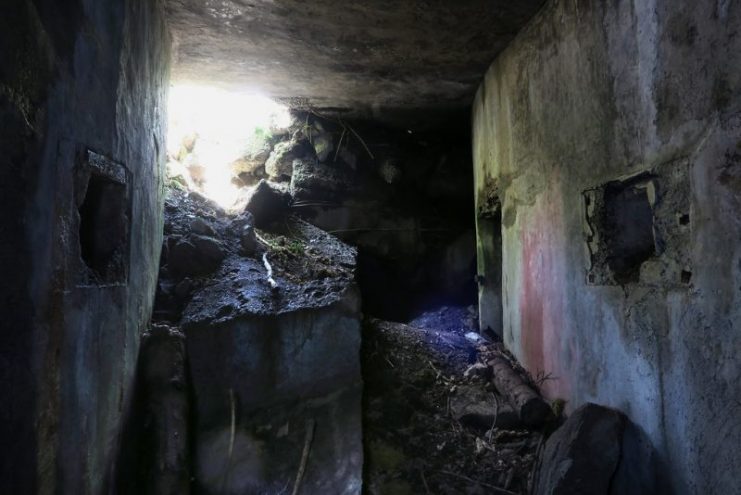
Stories have circulated over the years claiming more than 170 locations as hidden caches of stolen gold.
The team on the TV show Lost Gold of WWII claimed to have discovered a tunnel laced with glass bottles, which could contain poison gas. Using gas detectors and camera technology developed by underground drain maintenance companies, they hope to discover whether the legends are based on fact.
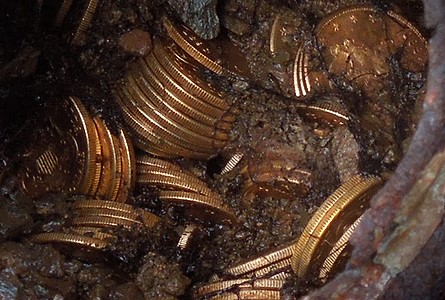
The team are shown using the gas detector; as it is lowered into the tunnel it begins to react, detecting levels of “bad air.”
Whether this is due to the presence of cyanide gas or is simply a reading reflecting normal levels of naturally occurring concentrations of toxic elements underground, will be revealed in the next episode which airs later in May 2019.
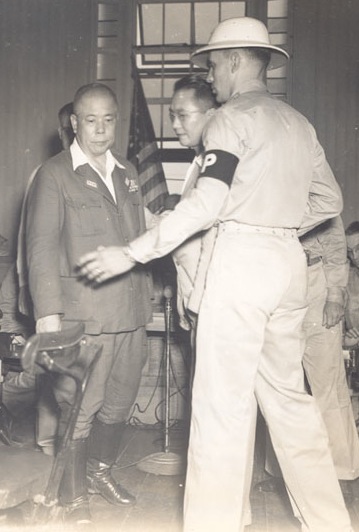
During his command, General Yamashita was reportedly often at odds with the Emperor on the one hand and the expectations of his subordinates on the other.
Despite orders not to loot or commit arson or any other crimes, many of the soldiers under his command went on to commit war crimes regardless.
Officers gave orders to decimate Chinese troops. Terrible acts carried out at the Alexandra Hospital and the Sook Ching purge of Singapore were events which were to condemn the General to a sentence of hanging at his trial after the war.
